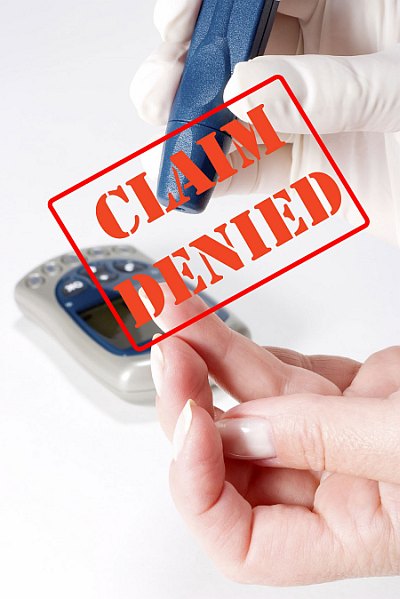You know that your claims must support¬†medical¬†necessity for the services and procedures youвАЩre your physician performs. Failing to do this, your insurance carriers will deny your claims outright or they may reimburse with you a lesser amount than you truly deserve.

In addition, the incorrect use of the ICD-9 diagnosis codes can land you in big trouble even when a procedure or service is appropriate and medically necessary. But you can reduce the chances of error greatly by reading the introduction to your ICD-9 manual for a summary of 5 Steps to Correct Coding. You can also pin these steps onto your desk and use them when forming claims.
Let us know see how you can keep your claims accurate:
1.       Start in the Index
You should begin your¬†diagnosis and CPT¬Ѓ code search by first referring to the ICD-9 manualвАЩs index, which is arranged alphabetically by condition. Also consult the volume 2 of the index, then cross-reference the¬†codes you select using the tabular (Volume 1) listings. Then, read the exact definition of the code(s) you think are most appropriate. Also look for some additional information in the table that will help you make the right selection. If in confusion, visit your physician for clarification.
2.       Always report the diagnosis to the highest level of specificity
You must always use the fourth or fifth digits whenever they are available. It has been noticed that a number of times healthcare professionals restrict themselves to using a three-digit or four-digit code even when there are more specific fifth digits available under those headings. Thorough and specific reporting is the key to full and timely payment.
3.¬†¬†¬†¬†¬†¬† DonвАЩt stop. Report as many as you need
You should always strive to report the codes that describe the patientвАЩs condition most accurately and specifically. Carefully read your physicianвАЩs documentation to support the claim. In you find anything unclear in the documentation or in case of confusion, consult your physician about how to report the diagnosis. Medicare allows you to report up to eight ICD-9¬†codes on a claim.
4.       Ensure accuracy in all cases
Successful diagnosis need to also establish medical necessity for any services and procedures that the physician performed on the patient. However, in case you notice that a particular diagnosis is not covered in the National Coverage Policy, then you may need to ask your physician for a letter and additional supporting documentation to prove that the procedure was medically necessary. Such cases may also necessitate a clinical review.
5.       Always follow the first rule of diagnosis coding
You must always follow the physicianвАЩs documentation to a tee and base your claims on it. You should never assign an ICD-9¬†code¬†just in order to get payment by falsely proving medical¬†necessity. Doing this might get you under the OIG scrutiny or may also cause you fraud charges, resulting in serious financial and criminal implications. This can also harm your patient outcomes.
Don’t waste another second searching for CPT¬Ѓ codes online! SuperCoder Medical Coding Blog will help you ensure you submit accurate ICD-9 diagnosis codes and perfect claims every time and you get complete reimbursement.



Leave a Reply